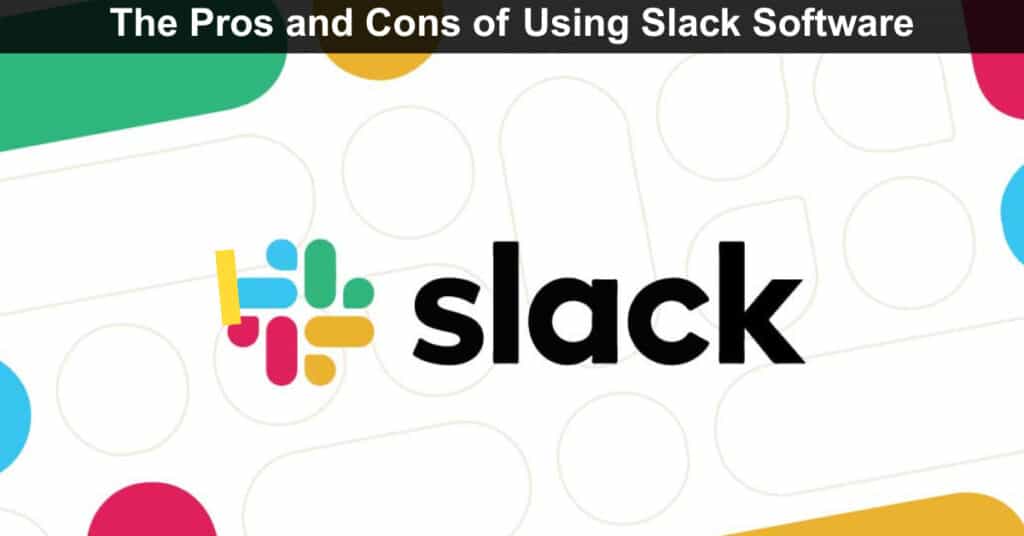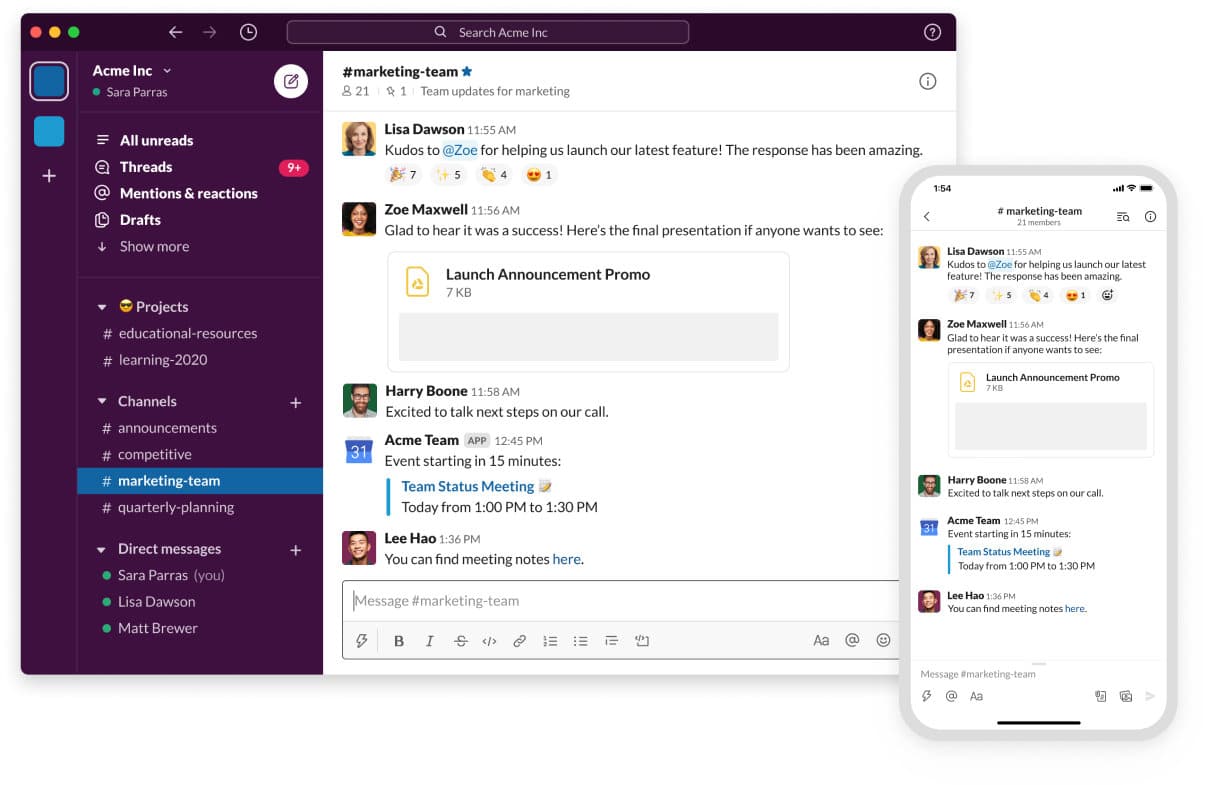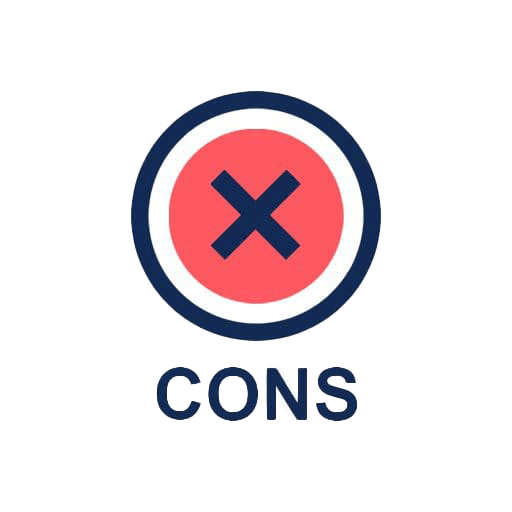
Slack has evolved from a simple messaging tool into a full operating system for modern work. It brings conversations, files, workflows, apps, and now AI agents under one roof. Teams use it to communicate faster, eliminate scattered tools, and centralize information that usually gets lost in emails or meetings. Slack changes how organizations collaborate by reducing friction, speeding up decisions, and giving everyone access to the context behind every project. Its deep integrations and AI capabilities allow teams to automate routine tasks and stay aligned without constant back-and-forth.
In this article, you’ll explore the pros and cons of using Slack and how it fits into today’s digital collaboration landscape.
For teams seeking a comprehensive project management solution to complement Slack, AceProject offers a suitable alternative. Its pricing structure isn’t dependent on the number of users, providing significant cost savings, especially for organizations with large teams.
Slack – AI Work Management and Productivity Platform
Slack is a cloud-based collaboration platform launched in 2013 to replace fragmented communication channels, email overload, and siloed team workflows. Built around channels and integrations, Slack centralizes messaging, file sharing, project updates, and cross-team collaboration in one accessible hub. Over time, it has transformed into a broader work operating system powered by AI, automations, and more than 2,600 third-party apps.

Users can manage tasks, coordinate projects, take huddle calls, summarize conversations with AI, and connect external partners through Slack Connect. Its real strength lies in combining communication with structured knowledge and automated workflows. AI agents, channel recaps, and enterprise search give organizations faster access to information and better decision-making. Slack empowers teams to work with more clarity, reduce manual busywork, and move projects forward with speed and transparency.
The Pros or Advantages of Slack

Slack’s biggest strengths come from its speed, flexibility, and ability to centralize communication across teams and departments. Its channel-based structure keeps conversations organized, while built-in automation and AI tools help teams cut time spent on updates, admin tasks, and repetitive workflows. With powerful integrations and strong cross-company collaboration features, Slack has become a preferred work platform for organizations that want to move faster and stay aligned.
- Organized, Channel-Based Communication: Slack eliminates scattered messages by grouping conversations into channels for teams, projects, and topics. This structure gives everyone clear context, reduces email clutter, and makes it easier to find information quickly without digging through long inbox threads.
- Powerful Integrations With 2,600+ Apps: Slack connects with tools like Google Drive, Microsoft 365, Salesforce, and project management apps. These integrations let users complete tasks, approve requests, and automate workflows directly inside Slack, reducing switching between platforms and improving execution speed.
- AI-Powered Summaries and Search: Slack AI provides instant thread summaries, daily channel recaps, and contextual answers pulled from past conversations and files. This helps users catch up faster and access company knowledge without reading hundreds of messages or attending every meeting.
- Strong External Collaboration Through Slack Connect: Instead of relying on email for partner communication, Slack Connect allows companies to work with customers, agencies, and vendors securely in shared channels. This speeds up alignment, reduces miscommunication, and builds stronger working relationships.
- Workflow Builder for No-Code Automation: The no-code Workflow Builder helps create automated approvals, notifications, reminders, and data handoffs. Teams streamline repetitive processes like onboarding, ticket management, and feedback collection without writing a single line of code.
- Reliable Real-Time Communication: Huddles, clips, and fast messaging make Slack ideal for real-time updates and quick decisions. It cuts meeting overload by enabling short audio discussions and screen shares without scheduling formal calls.
- Strong Enterprise Security Framework: Slack includes SAML SSO, SCIM provisioning, data loss prevention, EMM support, and enterprise-grade encryption. Large organizations can maintain compliance while ensuring secure internal and external communication.
- Highly Scalable for Global Teams: Slack supports millions of daily messages, external workspaces, multilingual teams, and complex organizational structures. Its flexibility makes it suitable for startups, mid-size companies, and large enterprises running global operations.
The Cons or Disadvantages of Slack

Slack is powerful, but it has drawbacks that companies must weigh before committing. Some users experience notification overload, high costs for large teams, and challenges keeping conversations structured over time. The reliance on messaging can also create pressure to stay constantly active. Understanding these limitations helps organizations plan their rollout, manage expectations, and decide whether Slack’s collaboration model fits their culture and workflow preferences.
- Can Lead to Message Overload: Heavy chat activity can overwhelm users, especially in large teams with many active channels. Important information may get buried quickly, forcing employees to mute conversations or spend extra time filtering updates to avoid distraction and burnout.
- Higher Pricing for Growing Teams: Slack’s per-user pricing adds up fast as organizations scale. Advanced AI, integrations, and enterprise security features are locked behind premium tiers, making the tool expensive for businesses with large headcounts or multiple departments needing full functionality.
- Requires Cultural Discipline To Stay Organized: Without clear rules, Slack channels can become chaotic. Too many channels, off-topic threads, or poor naming conventions make it harder for teams to stay aligned. Effective use requires ongoing governance, training, and structured communication habits.
- Search Limitations in Free Plans: The Free plan only retains 90 days of message history. Teams lose access to older context, files, and decisions unless they upgrade. This limits long-term knowledge retention for cost-conscious organizations relying heavily on the free tier.
- Heavy Dependency on Constant Internet Access: Slack’s real-time nature means outages or weak connections can disrupt workflows. Teams working in field environments or unstable connectivity zones may struggle to rely on Slack as their primary communication tool.
- Learning Curve for Non-Technical or Traditional Teams: Employees used to email may find Slack’s fast, channel-driven structure unfamiliar. Adapting requires training, changes in communication habits, and a period of adjustment before users become fully comfortable.
Slack Key Features
Slack’s features are designed to simplify work, centralize information, and help teams collaborate with speed. Slack’s mix of messaging, automation, AI, and integrations creates a unified environment where employees can share updates, manage tasks, and access knowledge without jumping between tools. Below are the features that shape Slack into a complete operating system for modern teamwork.
- Channels: Organize conversations by team, project, or topic. Channels provide transparency, reduce email reliance, and give members a shared space to coordinate decisions and track updates with clear context.
- Slack Connect: Collaborate securely with partners, clients, and vendors in shared channels. It replaces long email threads with real-time communication, helping companies align faster across organizational boundaries.
- Huddles: Lightweight audio discussions for quick decisions without formal meetings. Users can screen-share, talk through issues, and resolve blockers faster than scheduling traditional calls.
- Clips: Record short video or audio messages to share updates asynchronously. Clips help teams communicate across time zones without waiting for live meetings.
- Messaging and Threads: Real-time messaging keeps conversations flowing, while threads group replies neatly. This structure keeps channels clean and prevents discussions from becoming cluttered or derailed.
- Workflow Builder: Automate routine tasks such as approvals, reminders, form submissions, and data handoffs. It removes friction and improves process consistency across departments.
- Apps and Integrations: Connect Slack to thousands of tools, turning it into a centralized hub for workflows, documents, alerts, and productivity tasks.
- Slack AI: Summaries, recaps, and intelligent search help users find answers, understand conversations, and save hours of manual reading.
- Agentforce and AI Agents: Call AI agents from Anthropic, OpenAI, Salesforce, and others to generate content, analyze data, and streamline work directly inside Slack.
- Canvas: Create structured documents inside channels to organize knowledge, track onboarding steps, share project briefs, and centralize information where conversations happen.
- Lists: Manage tasks and project priorities visually. Lists help teams track to-dos, dependencies, and progress without switching to external project management software.
Slack Use Cases
Slack serves a wide range of teams and industries that need fast communication, centralized knowledge, and integrated workflows. It’s especially valuable for distributed teams, project-heavy organizations, and companies that depend on cross-department collaboration. Whether coordinating engineering sprints or supporting customers, Slack gives each industry a structured way to reduce delays, connect expertise, and automate routine tasks.
- Technology and Software Development: Engineering teams use Slack to manage sprints, track incidents, integrate CI/CD alerts, and share documentation. Real-time updates and automated workflows help resolve issues faster and support agile development practices.
- Customer Service Operations: Support teams integrate ticketing systems, automate escalations, and coordinate responses in shared channels. Slack helps reduce resolution times and ensures agents always have access to the latest customer context.
- Sales and Revenue Organizations: Sales teams use integrations with Salesforce to track opportunities, share updates, and collaborate with managers. AI agents assist with drafting emails, analyzing pipelines, and preparing deal strategies.
- Marketing and Content Teams: Marketers plan campaigns, share assets, review drafts, and centralize approvals inside channels. Clips and huddles make feedback loops faster and more structured.
- Project Management and Operations: Operations teams coordinate projects across departments, automate recurring workflows, and keep stakeholders aligned. Lists and canvases help standardize processes and maintain visibility.
- Education and Nonprofits: Schools and nonprofits use Slack for staff coordination, program updates, and volunteer communication. AI summaries help smaller teams stay organized with limited administrative resources.
Slack Pricing and Costs
Slack’s pricing is designed to support different business sizes, from small teams to large enterprises running mission-critical operations. Each tier offers varying levels of AI capability, security, and integration depth. Below is a clear breakdown of each plan, including monthly and annual pricing, who it’s ideal for, and what features teams get at every level.
- Free Plan ($0): Ideal for small or early-stage teams testing Slack for lightweight collaboration. Includes 90 days of message history, up to 10 app integrations, 1:1 meetings, and basic AI features such as conversation summaries and daily recaps. Best for straightforward communication without long-term knowledge storage.
- Pro Plan ($8.75 per user/monthly or $7.25 per user/month paid annually): Ideal for growing teams needing structured communication and deeper integration workflows. Includes unlimited message history, unlimited apps, group meetings, group external messages, and the full suite of basic AI tools like summaries, workflow generation, search, and file insights.
- Business+ Plan ($18 per user/monthly or $15 per user/month paid annually): Ideal for mid-size and large organizations that need stronger governance and security. Includes advanced AI, enhanced administration, SAML SSO, SCIM provisioning, native DLP, EMM support, and enterprise-level management controls for scaling teams.
- Enterprise+ Plan (Custom Pricing): Ideal for global, security-driven organizations with complex workflows and strict compliance requirements. Includes enterprise-grade AI, enterprise search, multiple SAML configurations, advanced governance controls, EMM support, and unlimited integrations for maximum performance and oversight.
Slack also provides optional add-ons and the ability to scale AI usage, integrations, and administrative features as teams grow. For a deeper breakdown of every tier and optional upgrade, check out our in-depth guide on Slack Pricing and Costs—it’s packed with insights to help you choose the right plan confidently.
Conclusion
Slack delivers a powerful mix of communication, automation, and AI capabilities that significantly improve how teams work together. It’s best suited for businesses that want faster collaboration, structured knowledge sharing, and an integrated workflow environment. However, companies must consider the cultural shift required, the cost of scaling, and the need for disciplined communication habits.
Overall, Slack remains one of the strongest collaboration platforms available, offering flexibility for small teams and enterprise-level power for global organizations. Slack continues to shape how businesses communicate and coordinate work, setting a strong foundation for future growth and innovation.
Suggested articles:
- The Pros and Cons of Using Hive Software
- The Pros and Cons of Using Miro Software
- The Pros and Cons of Using TimeBee for Small Businesses
Daniel Raymond, a project manager with over 20 years of experience, is the former CEO of a successful software company called Websystems. With a strong background in managing complex projects, he applied his expertise to develop AceProject.com and Bridge24.com, innovative project management tools designed to streamline processes and improve productivity. Throughout his career, Daniel has consistently demonstrated a commitment to excellence and a passion for empowering teams to achieve their goals.
This is my first time visit at here and i am genuinely pleassant to read everthing at one place. Slack is a wonderful tool.